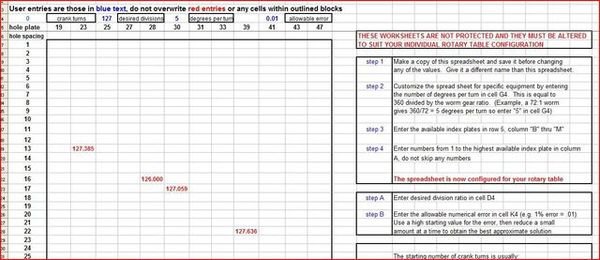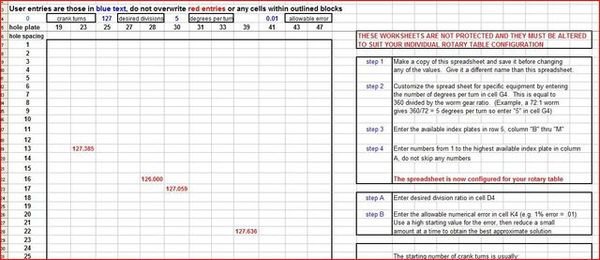I recently saw where someone needed to cut a 63 tooth gear but his dividing head (40:1) didn't have a plate with 63 holes. His rotary table (90:1) did have a 63 hole circle on a plate.
I'm just wondering why plates for a 40:1 dividing head don't seem to have a 127 hole pattern or in this person's case a 63 hole pattern. Is there a reason, other than when the plates were made there didn't seem to be a need for a 127 circle?
I'm just wondering why plates for a 40:1 dividing head don't seem to have a 127 hole pattern or in this person's case a 63 hole pattern. Is there a reason, other than when the plates were made there didn't seem to be a need for a 127 circle?




